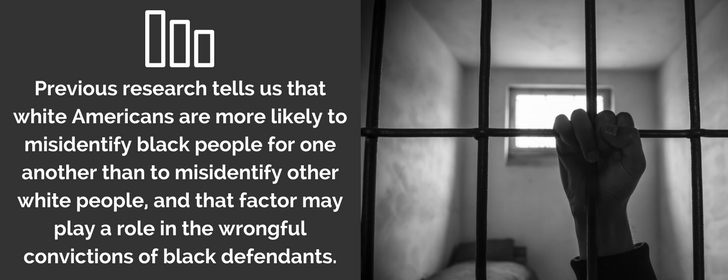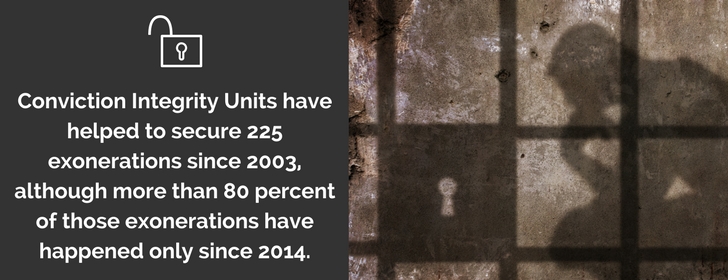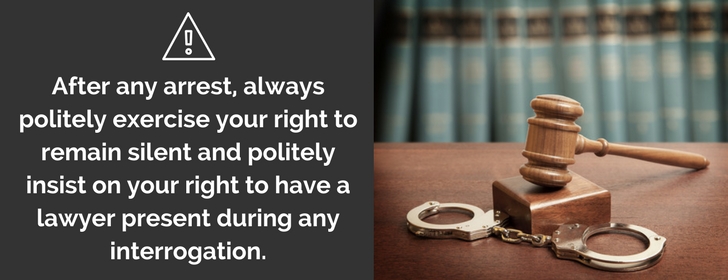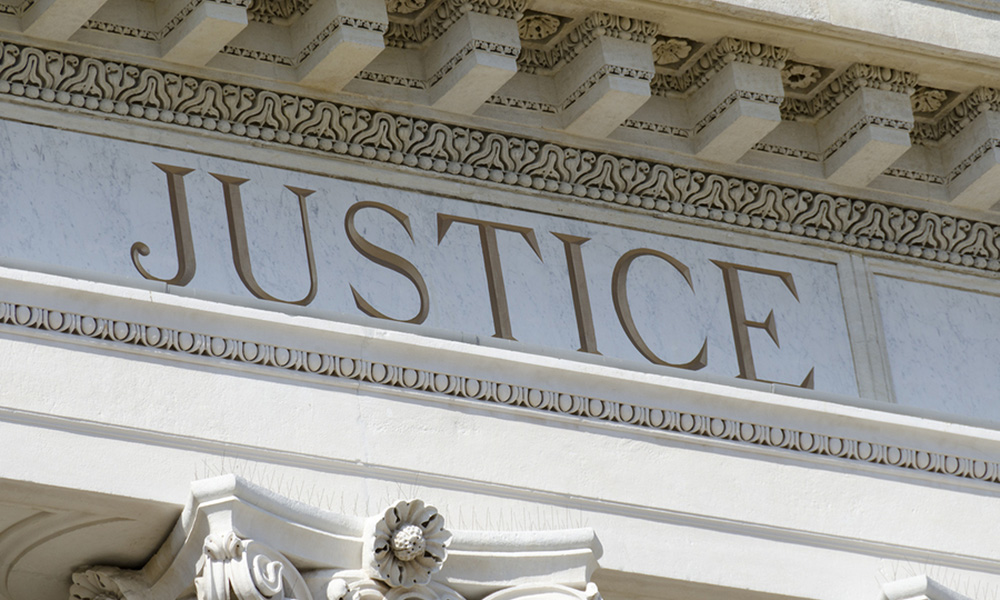The National Registry of Exonerations was founded in 2012 in conjunction with the Center on Wrongful Convictions at the Northwestern University School of Law.
The Registry provides details regarding exonerations in the U.S. – cases where a wrongly convicted person was later cleared of all charges on the basis of new evidence.
In March of this year, the Registry released a study of nearly 2,000 exonerations since 1989.
The Registry found that black defendants who are convicted of violent crimes are far more likely than white defendants to be later exonerated.
The exonerated black inmates also had a substantially longer average wait for exoneration than their white counterparts.
University of Michigan law professor Samuel R. Gross, who is a co-author of the Registry’s report, said, “It’s no surprise that in this area, as in almost any other that has to do with criminal justice in the United States, race is the big factor.”
Blacks comprise nearly half – 47 percent – of the approximately 2,000 people exonerated since 1989. The crimes most frequently exonerated are murders, sexual assaults, and drug crimes.
That’s not particularly newsworthy. What’s important is what the Registry’s data tells us about the factors that drive racial disproportionality in the criminal justice system and how that disproportionality can be reduced in the future.
WHAT ARE THE CAUSES OF WRONGFUL CONVICTIONS?
Black defendants receive forty percent of the murder convictions in the United States, but fifty percent of the persons exonerated for murder are also black.
Only 36 percent of those exonerated for murders are whites. Black inmates who were wrongfully convicted of murder spent, on average, three more years in prison than exonerated whites and Hispanics, according to the Registry.
“The causes we have identified run from inevitable consequences of patterns in crime and punishment to deliberate acts of racism,” according to Professor Gross and the report’s co-authors, Maurice Possley and Klara Stephens.
Racial bias and police misconduct such as hiding evidence both play a role in the racial disproportionality. While only about 15 percent of the murders committed by black people target white victims, 31 percent of the blacks who are eventually exonerated of murder were initially convicted of killing white victims.
The report’s authors determined that police misconduct was a factor in 76 percent of the cases in which black murder defendants were eventually exonerated but in only 63 percent of the cases in which white defendants were wrongly convicted of murder.
Previous research tells us that white Americans are more likely to misidentify black people for one another than to misidentify other white people, and that factor may play a role in the wrongful convictions of black defendants.
The Registry’s researchers found that eyewitness mistakes were made in 79 percent of the sexual assault cases where black defendants were wrongly convicted but in only 51 percent of the cases where white defendants were eventually exonerated.
The number of exonerations for wrongful convictions is and has been rising for three decades.
In a second report issued later in March, the Registry said that a record 166 exonerations were reported in 25 states, the District of Columbia, and Puerto Rico in 2016.
Of those, 54 exonerations were for homicides, 24 were for sexual assaults, and 15 were for other violent crimes.
The Registry said that 70 or more of those exonerations involved police misconduct. In 2016, 74 exonerations were for convictions based on guilty pleas, more than any previous year.
The majority of these 74 exonerations – 57 of them – were for drug crime convictions, but six were homicide exonerations, and four of those six were cases that involved false confessions.
“There are probably more exonerations that we don’t know about,” Professor Gross admitted.
WHAT IS A CONVICTION INTEGRITY UNIT?
One positive trend cited by the researchers is the expansion of Conviction Integrity Units (or “CIUs”) across the country.
A Conviction Integrity Unit is a division of a prosecutor’s office that strives to avoid, identify, and set right any false convictions.
In 2016, 29 CIUs had been established across the United States, more than twice as many as in 2013 and almost five times as many as in 2011.
Conviction Integrity Units have helped to secure 225 exonerations since 2003, although more than 80 percent of those exonerations have happened only since 2014.
The nation’s most active Conviction Integrity Unit is in Houston, where 76 people were exonerated from 2010 through 2015.
Texas had more exonerations – 58 – than any other state in 2016. Illinois was second with 16, and New York was third with 14.
The National Registry of Exonerations says that 2016 was a record year for exonerations in several respects.
A record number of exonerations in 2016 involved guilty pleas, police misconduct, and the work of Conviction Integrity Units.
Additionally, a record number of exonerations happened in 2016 for those falsely convicted of crimes that never actually happened at all.
In our own state, the New York State Justice Task Force reviews potential exoneration cases and examines the various causes of wrongful convictions in New York.
The Justice Task Force works to identify the practices and patterns that contribute to wrongful convictions in this state and to craft and implement the reforms that are needed to reduce the number of wrongful convictions.
HOW CAN A CRIMINAL DEFENDANT AVOID A WRONGFUL CONVICTION?
No promises or guarantees can ever be made or offered regarding the outcome of any single criminal case.
Nevertheless, if you are charged with a crime on Long Island, in New York City, or anywhere in the state, the best strategy for avoiding a wrongful conviction is to seek the counsel of an experienced Long Island criminal defense attorney.
After any arrest, always politely exercise your right to remain silent and politely insist on your right to have a lawyer present during any interrogation.
While the best strategy for any criminal defendant in New York is to work alongside a Long Island criminal defense attorney, wrongful convictions are still far too common in New York and everywhere else in the U.S. Police officers make mistakes and sometimes intentionally bend the rules.
Many crimes aren’t properly investigated, evidence is often contaminated or simply lost, and the wrong people too often end up in custody.
The sad reality is that today in the U.S., too many innocent people are behind bars for a crime that they did not commit, and there’s no way to know how many.















Comments are closed.